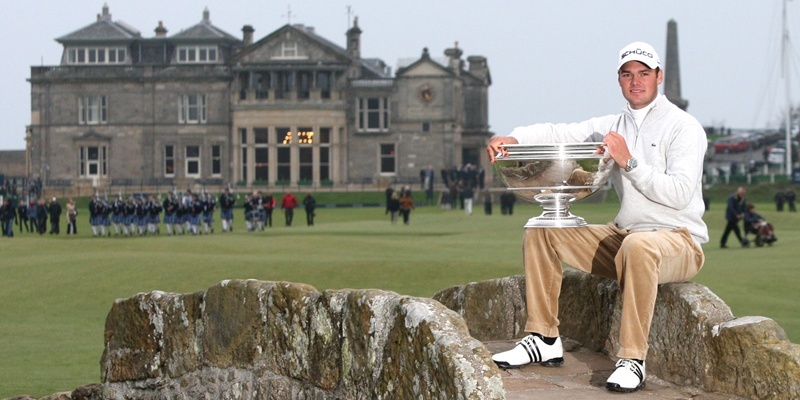Martin Kaymer was born in Dusseldorf and lives in Arizona, but says his real “home” has a KY postcode.
The Alfred Dunhill Links champion treasures the title he won on the Old Course in 2010, a place were he feels “at peace” even when being whipped by the Dunhill’s traditional 30mph winds.
“This is home for me,” said the German. “Standing today on the first tee, it felt so peaceful.
“For a lot of players, the Masters is the place that is paradise, but for me St Andrews is paradise, where I feel most comfortable.”
Last year’s win at the Dunhill, during a season in which he won his first major and became the world’s leading player, was a big part of what felt “kind of like a fairytale”.
He said it was “probably my best week of the year on the European Tour, playing with a good friend of mine, and my last win, what a way to finish off the season.
“Very rarely do you go to a golf tournament excited about playing the course, but here I could play 36 holes every day.”
Kaymer took time to love the Old Course from days as a schoolboy with the German junior team, through amateur St Andrews Links Trophy events and the Amateur Championship of 2004.
“I had a picture of the first tee on my wall as a kid,” he recalled of his first time. “I was very nervous, but fortunately it’s not the toughest tee shot.
“At first I didn’t like links golf at all, I thought it very unfair, but when I played more often, I became a lover of all the courses in Scotland and Britain.”
Similarly Masters champion Charl Schwartzel took a while to understand the nuances of golf’s original layout.
The South African said: “I played in the St Andrews Links Trophy but as a professional I didn’t enjoy it until three, four years ago.
“It was only then I got an understanding that it wasn’t driver off every tee and hit it as far left as you want like everyone said. You can do that but you’ll often find you have a tougher second shot and an 80-foot putt.
“Once I knew it was sometimes best to hit two-iron into the widest part of the fairway on some holes, then it was better.”
